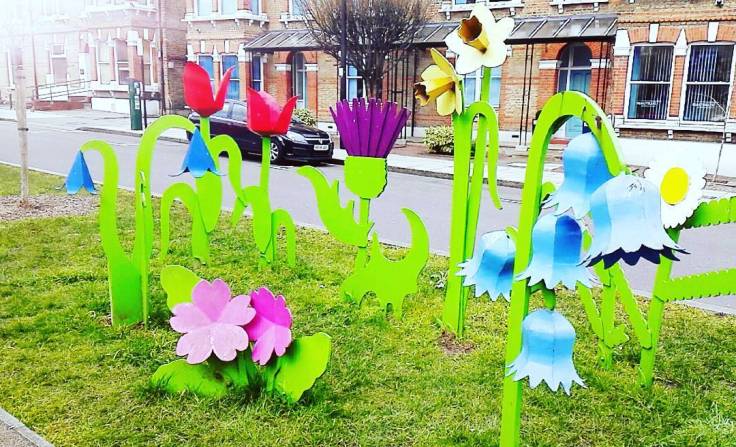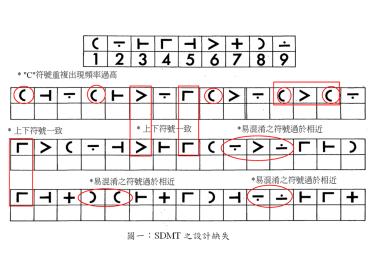Ever heard of dyslexia? Do you know what it is? Some of you might think it got something to do with reading difficulties, writing and pronouncing words. I’ll give you a ‘brief’ explanation how my life is like dealing with dyslexia. How it has affected my life and how much work I had to do to make this far? Here’s the answer:
Ever since I was a little kid I had difficulties with reading and writing. Words kept popping out of their places and I couldn’t see where the next line was. It hasn’t disappeared anywhere. I started reading – a lot – trying to improve my reading and to help myself to pronounce the words correctly (you have no idea how I used to struggled with spelling the words…when you had to read out loud in front of a whole class). I love to read, and that has improved my reading skills even though the symptoms still exist – I just need to deal with it.
Even my writing I had to practice but it’s still slower compared to the average of my age group. I remember when I kept writing calligraphy for hours until I would do it correctly, I cried many times because I required perfection from myself in everything. I used to be obsessed about everything being in order. For some reason I decided that I’d tried to reduce this obsession, and now even though I like everything being in order it doesn’t bother me if something is misplaced/not the way I want it to be.
Since my mum has dyslexia I had been made a test to determine whether I’d have a dyslexia or not. Because I had these symptoms I went to all kinds therapies in my childhood and teachers gave me tutoring to make sure I would keep up with other students. Even though I was allowed to be with a normal class (sometimes children with learning difficulties are placed into a small group to help them learn better), my learning was followed from time to time. I wasn’t even aware why I had to see all those people asking me question and making me fill all those papers – even though I knew I had dyslexia. When I was on fourth class I didn’t need anymore therapies or tutoring because I was very social kid (yes, I used to be quite social, and talked a lot) and started to be good enough student (my parents really pushed me to study hard). I was actually kind of sad because I enjoyed those therapies – I really liked those games what I did during my therapies.
Now I had to be diagnosed again to be able to get some help during my studies in university. The certificate I had from Finland wasn’t approved because it needs to be done by a psychologist who is a HCPC registrant, and it needs to made when you’re 16 or older.
I wasn’t first allowed a funding for my diagnostic test (the test is EXPENSIVE) because I’m a European, but luckily there had been found a way to get me the funding. I just needed to fill the same form again for applying the funding and sent it to the Dyslexia Services in my university (London Metropolitan University). I still had to pay £50 but it’s a small amount of the whole payment.
I had been given a list of approved psychologists to make my dyslexia diagnosis. I contacted one in South Woodford and made an appointment.

On my way to the test, I saw this at South Woodford
My reading skills was assessed by using these tests:
- Single Word Reading (and Single Word Spelling) (WRAT4)
- Test of Word Reading Efficiency (TOWRE)
- Timed Oral and Silent Text Reading
To assess my reading comprehension I needed to read a text and based on that answer 20 multiple choice questions in 20 minutes.
I had to write something to be analysed my writing style, knowledge of sentence structure, grammar, punctuation and handwriting style.
There was The Wide Range Intelligence Test (WRIT) which includes four-subtests of cognitive abilities:
- Vocabulary, in which was asked me to give in my own words a definition to words
- Verbal analogies, in which I had to say a word opposite to the word given e.g. winter – summer
- Matrices (visual), in which I had to choose a picture that I believed to belong with three other pictures
- Diamonds (visual), in which I had to build from diamond-shaped puzzles a specific model that was shown to me on a picture
Assessing my cognitive processing skills there was used:
- The Comprehensive Test of Phonological Processing (CTOPP) (Phonological awareness, phonological memory, rapid naming)
- Test of Memory and Learning (TOMAL-2)
- The Symbol Digit Modalities Test (SDMT)

picture: http://atriptouq.blogspot.co.uk/2012/12/sdmt.html
This is the SDMT what was used in my diagnostic test
The reason why I’m telling all these tests used in my diagnostic test because there are people interested in Finland what there is tested in UK and how it’s done.
I can tell you that the results show I have dyslexia since I scored way lower than peers in my age group. Exception was my visual skills in which I scored on top of my age group. It doesn’t surprise me because my visual skills have helped me a lot to learn and improve my knowledge – meaning it helps me to visualize things to understand the information.
If you didn’t already realized dyslexia doesn’t only affect reading and writing, it affects the skills you need to use in everyday life. If you wonder why I’m not as social as you are, it’s because I’m struggling to express myself (even when I’m speaking with native language: Finnish) and because of my lack of memorizing things I may not always catch up what people are talking around me since it takes me time to process the information in my head. Sometimes I just forget what I was about say and stay silent.
It gives me a real headache when there is too much information to process. Even in my diagnosis was stated that I can’t do ‘multitasking’ because it requires amount of effort from me to focus on ONE thing. Even a little noise can distract me from what I’m doing like trying to listen to a lecture.
When I moved to London there has been appeared a new problem in my life. It has always been existed but now it has been highlighted: outlining. More specifically it’s difficult for me see the difference between left and right (reading a map and following the path isn’t piece a cake…). I’m used to routes where cars ride on the right side, NOT left. Now everything is upside down! Why British have to ride the ‘wrong’ side?
Even though I face many troubles in my life because of dyslexia that doesn’t stop me living. I need to work harder than others and I need some help in certain situation. I have learned to accept the fact that this is part of me and I’m ready to do what is needed to be done to keep up with others. I have never really seen my condition as a burden – it thrives me to challenge myself.
P.S. I found this article where is explained what it’s can be like with dyslexic people.
P.S.S. I just realized it took me more than 5 hours to write this…
Recent Comments